When the grooming gang crisis came under renewed scrutiny at the beginning of this year, the former Tory mayoral candidate Susan Hall asked Sadiq Khan eight times during mayor’s questions whether or not grooming gangs were operating in the capital.
His response was odd, to say the least. Instead of directly answering the question, Khan repeatedly asked Hall to ‘define what she means by that’, and accused her of being nervous about speaking clearly. After some back and forth, Khan stated that there were issues in London with young girls being groomed in county line drug gangs, for which there was already a plethora of programmes and ‘hubs’.
A month later, on 25 February, the London Conservatives brought forward an amendment proposing a £4.49 million ‘independent inquiry into the exploitation of children in London’. The amendment was soundly defeated by 16 votes to nine, with Labour, Greens and Liberal Democrats opposing.
In June, when pressed again by Susan Hall, Khan gave a more straightforward answer. He said ‘there are no reported cases and also no indication of the grooming gangs that she is concerned about in London’, saying further that he had ‘no indication of them being in London’. Hall then asked if hypothetically evidence emerged that those in ‘Whitehall, local councils, police forces or the Crown Prosecution Service’ had been complicit in failing victims, he would ‘support prosecutions of those individuals’ – as has been the case with South Yorkshire police in respect to grooming gangs already. To which Khan replied ‘absolutely’.
A straightforward answer that Khan may come to regret, as the Metropolitan Police have now confirmed that they are now reviewing 9,000 cases of child sexual exploitation. Many campaigners, including Maggie Oliver who blew the whistle on grooming gangs in Rochdale, called London the ‘last bastion’ of the cover-up. Chris Wild, a longtime campaigner, has described the problem in London as ‘more catastrophic’ than anywhere else in the country.
If the picture painted by these campaigners is true, and the national inquiry finds a pattern of grooming gangs being covered-up by local authorities, Khan will have a crisis on his hands, as he has pledged to support the prosecution of officials and councillors involved in any cover-up.
What is even more worrying for Khan are allegations made in the Daily Express that the Mayor appears to have read HM Inspectorate of Constabulary reports – which include case studies of young girls being abused by groups of older men – whilst issuing public denials about grooming gangs in the capital. The shadow home secretary Chris Philp has already accused Khan of ‘facilitating a cover-up’. Khan’s spokesperson said that he was committed to doing all he can to protect children in London from organised criminal and sexual exploitation and bring perpetrators to justice, but did not seem to address the issue of grooming gangs specifically.
The Met has also complicated the picture, with a spokesperson saying that: ‘Our data shows the group-based child sexual abuse and exploitation picture in London is more varied than in other parts of the country and does not neatly align with patterns of methodology, ethnicity or nationality seen elsewhere.’
The suggestion seems to be that whilst London does have an ongoing issue with child sexual abuse, it does not fit the pattern of Pakistani men targeting white children as in the north of England, where there is amongst other things a clearer ethnic dichotomy.
It is certainly true that parts of London has a more complicated racial makeup than towns and cities like Rochdale and Rotherham. However, many outer boroughs such as Bromley have an ethnic mix roughly comparable to that of Rotherham. Moreover, the first recorded incidents of Pakistani grooming gangs operating in the north are usually dated to the 1960s and 1970s, during which time several Pakistani communities began to emerge in London in places like Tooting, Southall and Newham. Many of these communities come from the same Mirpuri region as the Pakistanis who settled in northern mill towns. Is there any reason to believe that the same pattern of inter-communal sexual exploitation would not have taken place in London?
Director of Open Justice UK, Adam Wren, told The Spectator:
‘For anyone who has taken this issue seriously or examined the evidence with care, group-based child sexual exploitation being rife in London will come as no surprise. Court transcripts we’ve obtained reference girls from places like Bradford being trafficked by grooming gangs to London – sometimes passed around for sex to pay off their groomers’ debts. Home to the UK’s largest Pakistani community, a group disproportionately represented in grooming gang convictions nationwide, the suggestion that the capital would somehow be the exception to this pattern goes against both logic and evidence.
Considering we only prosecute a handful out of hundreds of rapists in each case, a full investigation into grooming gangs will likely uncover not just the same patterns of offending in London but in many cases the same perpetrators as in places like Rotherham and Telford.
It is difficult to believe a mayor with privileged access to police reporting would be unaware of this unless actively turning a blind eye.’
If there is a single quote which sums up Sadiq Khan’s worldview, it is his often used refrain that ‘London’s diversity is not a weakness, it’s one of our greatest strengths’. It remains to be seen if this mawkish sentiment will survive if evidence emerges of widespread racially motivated sexual atrocities in the capital.
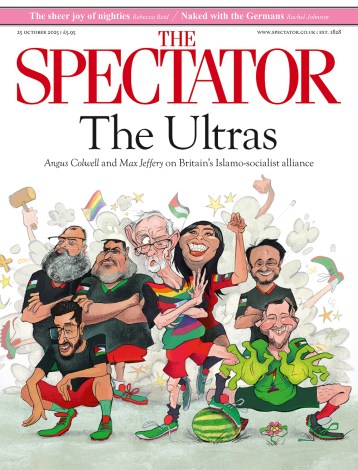

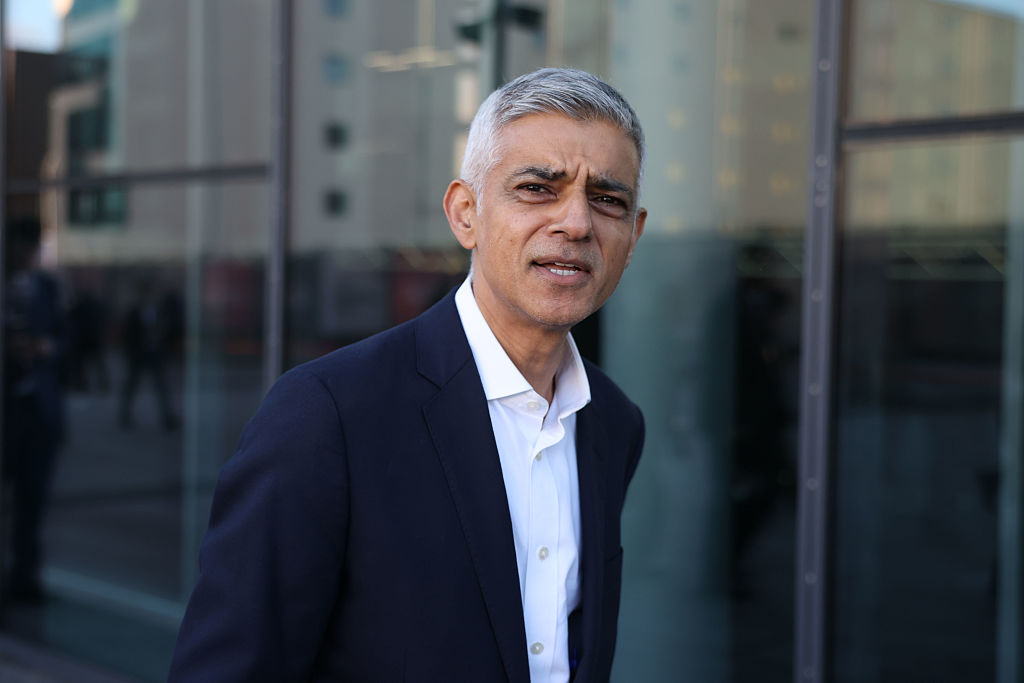
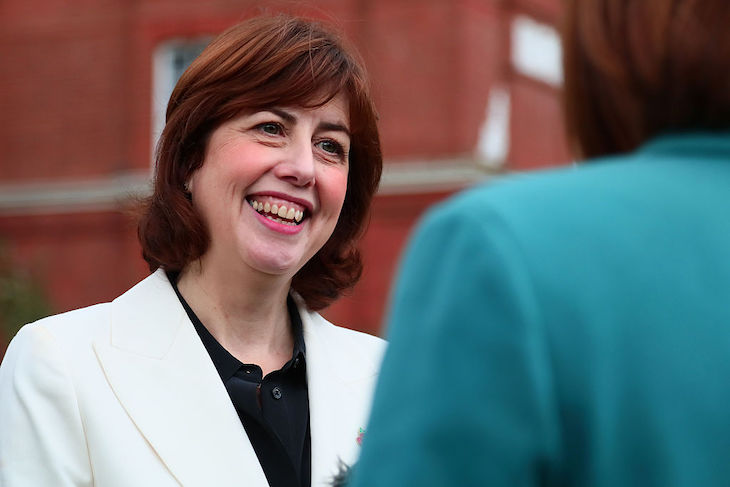
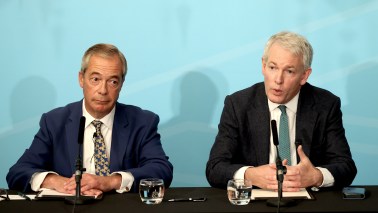


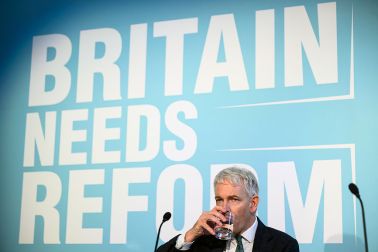
Comments